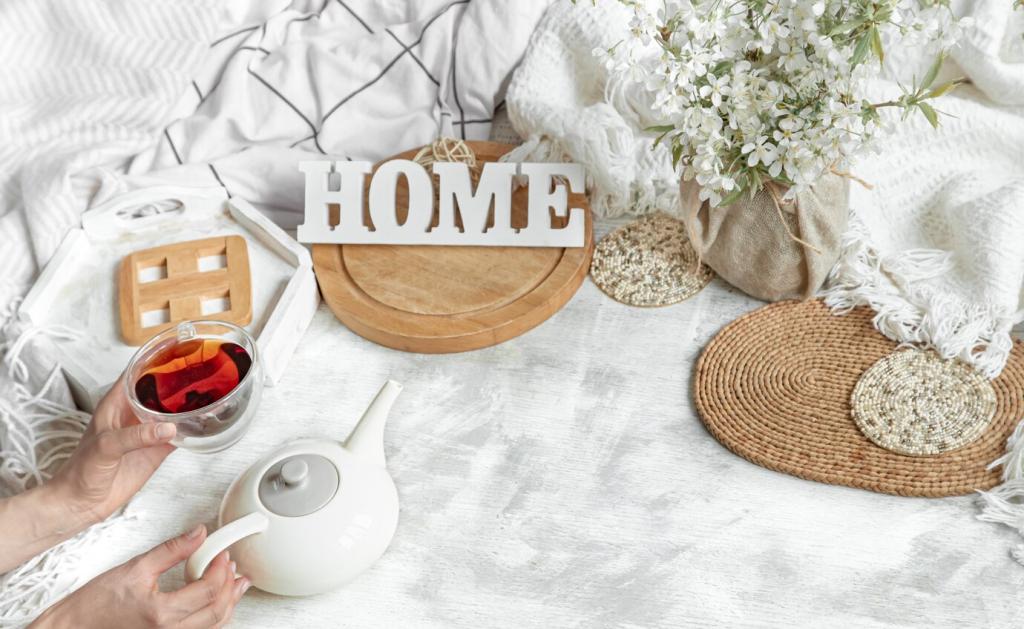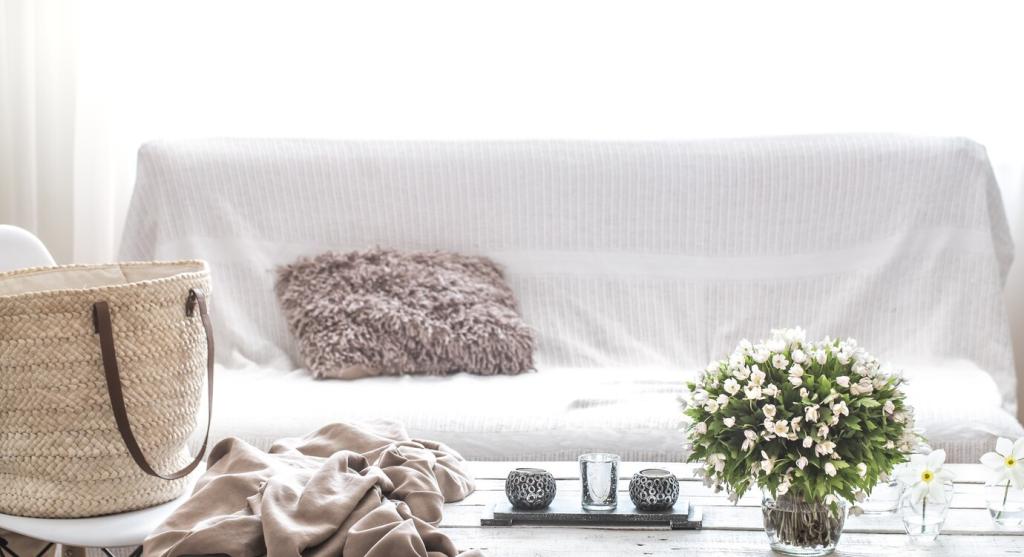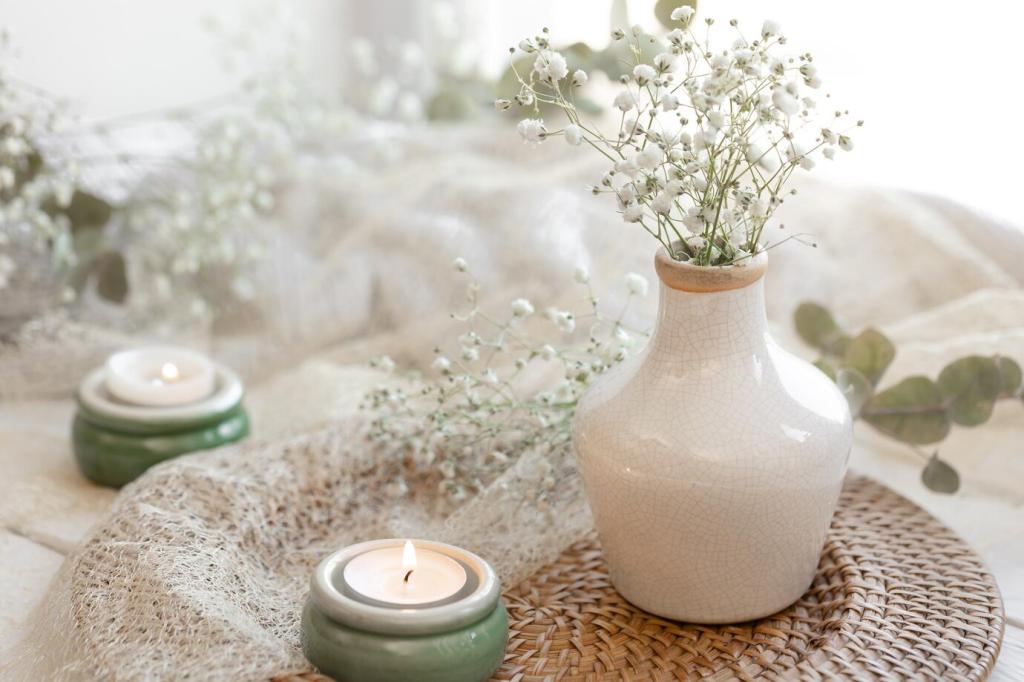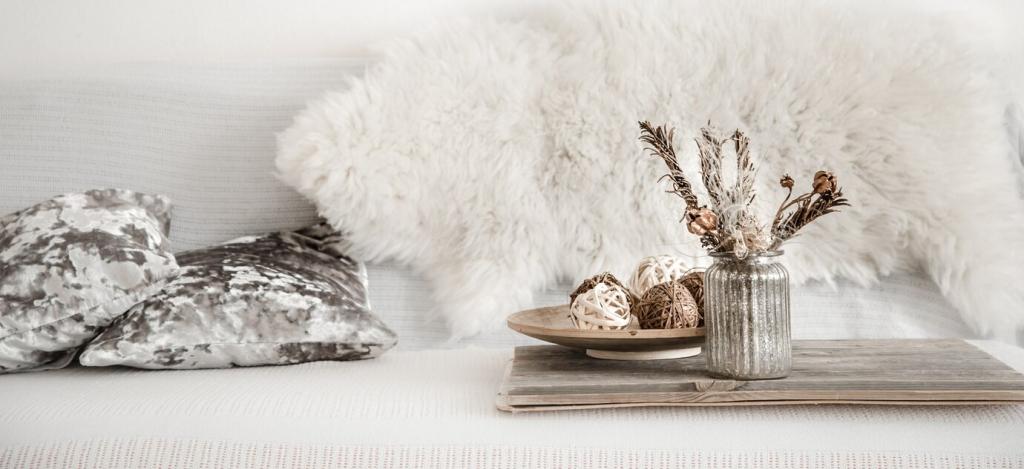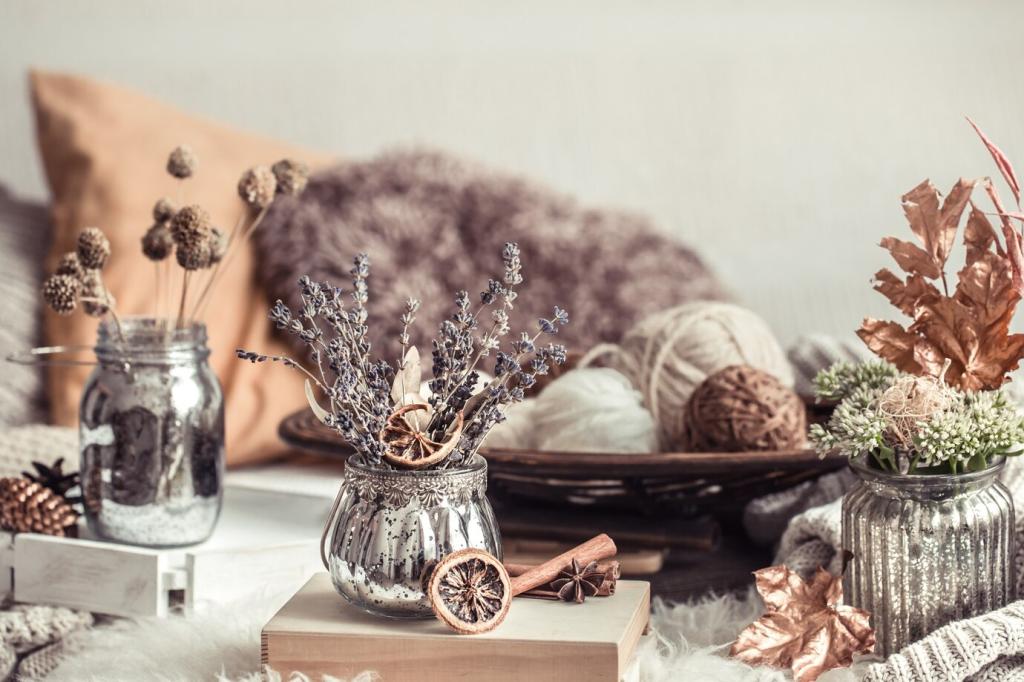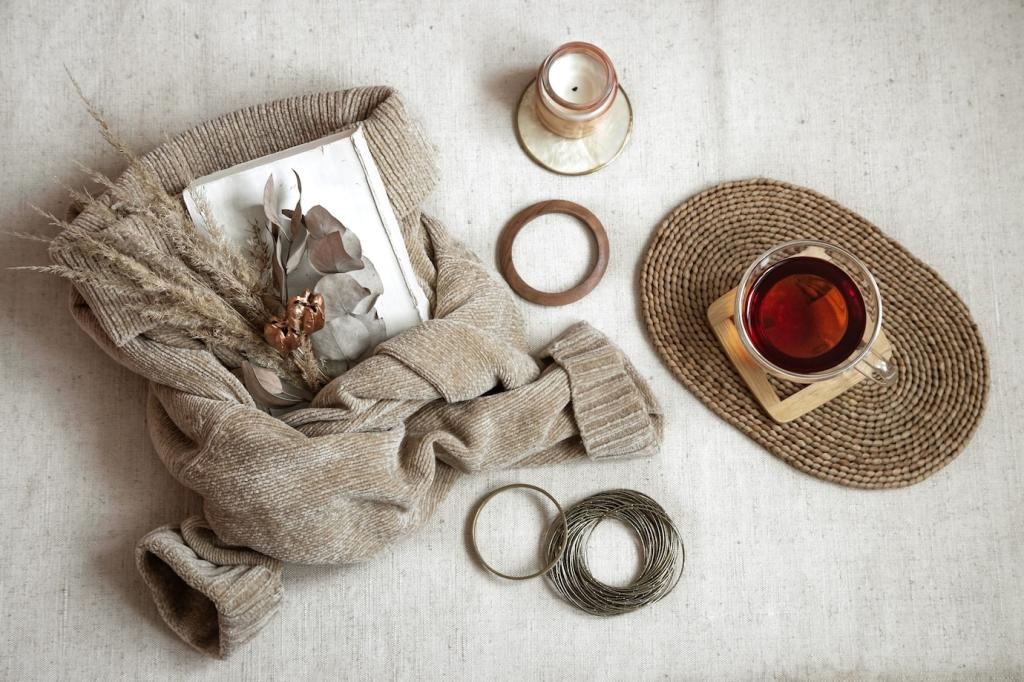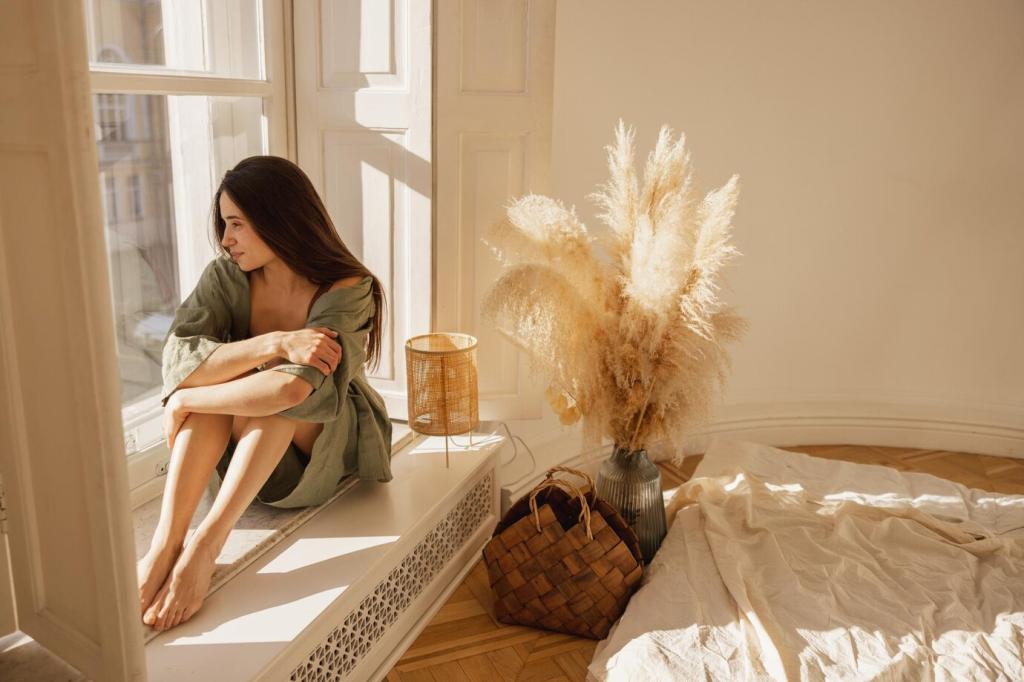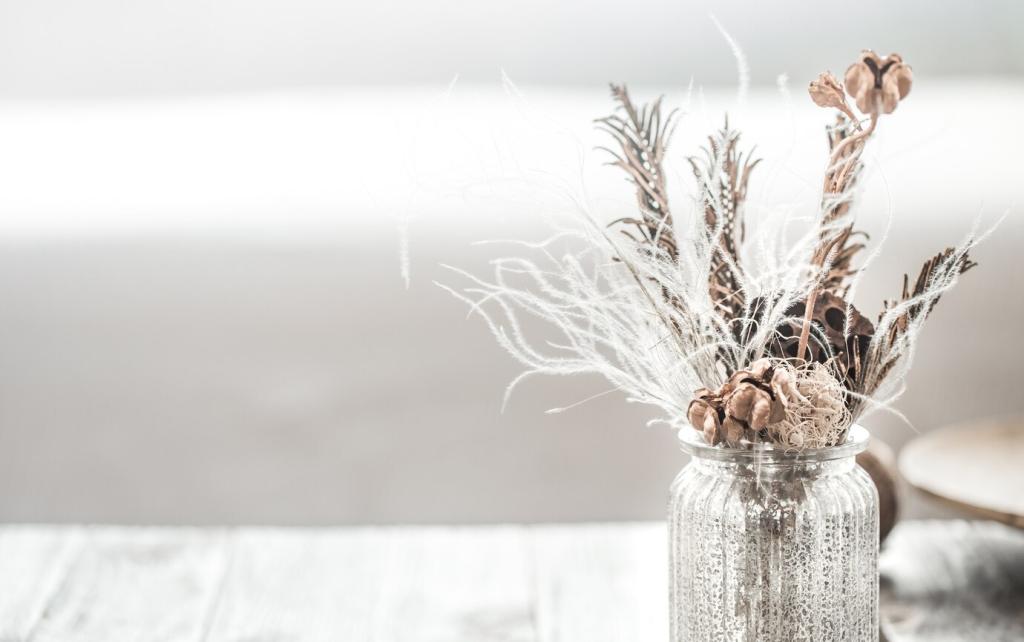Reading Light, Orientation, and Landscape
North-facing façades cool colors and emphasize gray undertones, while south-facing walls intensify warmth and saturation. When using color in exterior design, sample on every side of the house and observe morning, noon, and dusk. Keep notes and choose the version that stays flattering most often.
Reading Light, Orientation, and Landscape
Paint looks different against winter skies and summer greenery. Using color in exterior design means testing large swatches through multiple days and weather. Tape up poster-sized samples, step back to the sidewalk, and photograph them at different times to reveal true behavior.

